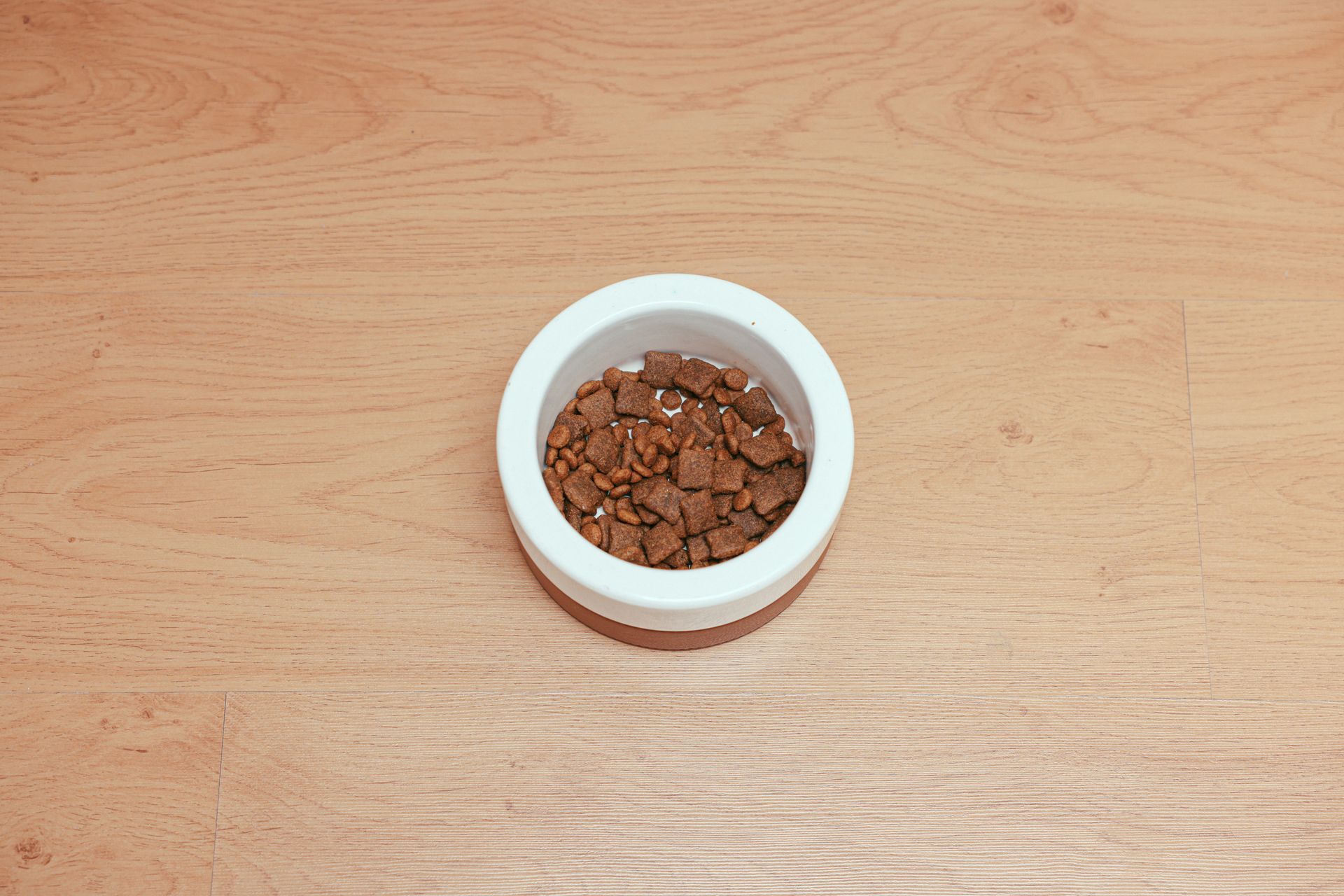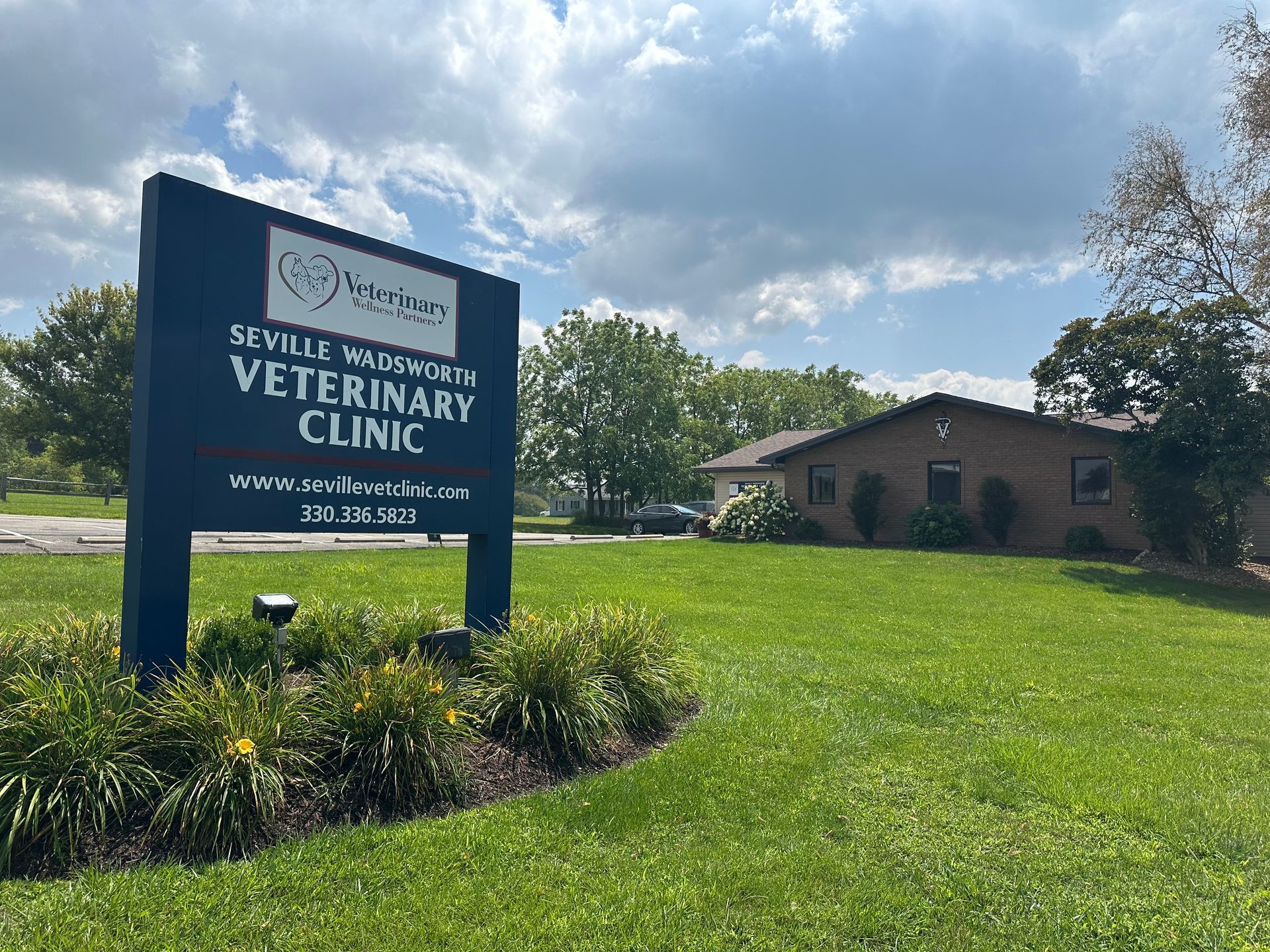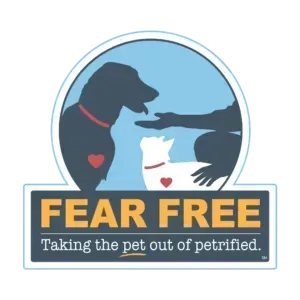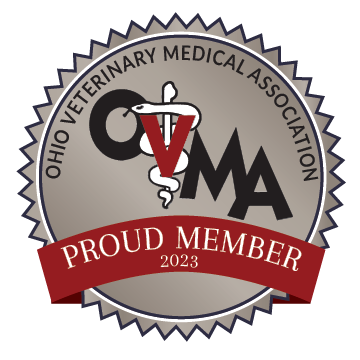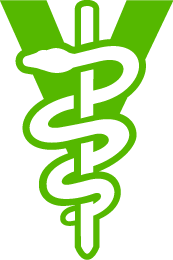Obesity in Dogs
OVERVIEW
Obesity is defined as the excessive accumulation of body fat. Between 25 and 40 percent of dogs are considered obese or are likely to become obese. It is the most common nutrition-related health condition in dogs in our society.
The primary causes of obesity are overeating and lack of exercise. When regular caloric intake exceeds the energy burned, the excess is stored as fat. As little as an extra 1 percent caloric intake can result in a 25 percent increase over ideal body weight by middle age.
Most owners don’t recognize that their dogs are overweight until they take them to the veterinarian for another reason. Most pets begin slowly gaining weight and only a historical review of body weight reveals the insidious nature of this condition.
Dogs that are overweight may experience difficulty breathing or walking or they may be unable to tolerate heat or exercise. Carrying too much weight will also serve to increase the burden on joints, which can further aggravate dogs that have underlying osteoarthritis.
DIAGNOSIS
Veterinary care should include diagnostic tests to determine overall health and to provide recommendations for weight loss.
Diagnostic tests may include:
- A thorough veterinary examination, including an accurate measure of body weight and an assessment of body condition score. A historical review of changes in your dog's body weight is often helpful in establishing a pattern of weight gain and may help identify a particular event or change in environment that relates to the increase in body weight.
- Routine blood work including a complete blood cell count, serum profile and urinalysis are necessary to determine if there is an underlying disease. If the results of these tests indicate a problem, additional tests are warranted to specifically identify the condition before starting a weight loss program.
- Assessment of your dog’s current daily intake of all food, treats, snacks, table foods and exercise schedule is important in the development of a successful weight loss program. Clearly if the calculated caloric intake exceeds the calculated daily energy requirement of the dog at an ideal body weight, then excessive caloric intake is the cause of the obesity.
TREATMENT
Treatment of any concurrent or underlying disease that affects obesity is recommended.
- Lower your dog’s daily caloric intake by changing the dog food product (there are several diets formulated for weight loss) or the amount fed daily.
- Increasing fiber or water intake may sometimes be necessary to satiate your dog.
- Increase exercise activity. To enhance exercise, a variety of leashes and toys are available.
HOME CARE
Weight loss should be a family effort. All members of the family must admit the animal is overweight and commit to a weight loss program. It may be helpful to maintain a log of intake (food and treats) and weight to monitor progress. It might be most effective if one person takes charge of feeding your dog, but all members can help exercise him.
To achieve significant weight loss, the diet must be changed to a therapeutic veterinary diet specifically designed for weight loss. Simply feeding less of your dog’s regular food is rarely, if ever, successful. Owners must be willing to measure exactly the amount of food offered and minimize treats. If treats are necessary, offer low calorie snacks such as air popped popcorn or a piece of vegetable (such as a carrot).
Re-check visits are essential every 4 to 6 weeks to monitor the weight loss since adjustments to the feeding plan are often needed. As your dog approaches ideal body weight, caloric intake must be reduced further to maintain weight loss.
Most dogs require an 8 to 12 month weight loss plan to reach their ideal weight. Most dogs do achieve ideal or near ideal body weight when the owner and family members are committed to improving the pet’s health. Most owners continue feeding the weight loss diet, only at a higher food dose, to maintain their pet’s ideal weight.
Specific recommendations depend upon the underlying disease. For obesity due to:
- Excessive caloric consumption. Once an ideal weight has been achieved, a low calorie food should be continued, treats and snacks should be minimized and the exercise program continued.
- Diabetes mellitus. Regular recheck visits are necessary to monitor insulin dose and effectiveness. Body weight changes should also be checked regularly.
- Hypothyroidism. Regular recheck visits are necessary to monitor thyroid dose and effectiveness. Body weight changes should also be checked regularly.
- Blood thyroid levels should also be checked regularly particularly if the dog is losing weight.
- Hyperadrenocorticism. Regular recheck visits are necessary to monitor medical management. Body weight changes should also be checked regularly.
DIET RECOMMENDATIONS
PREVENTION
There are several veterinary diets that are developed to aide in weight loss in pets. One of these diets is Purina OM. We have several certified weight coaches on staff that would be happy to discuss weight loss in your pet. We can evaluate and then make dietary recommendations that are tailored specifically to your pet.
INFORMATION IN-DEPTH
There are several causes of canine obesity, but whether your dog is overweight because of overfeeding or because of a disease process, he is still taking in more calories than he is using.
Obesity in pets is more commonly due to over-eating (excessive caloric consumption) than disease. The most common cause of obesity is a chronic consumption of calories greater than actual daily energy requirement. Excessive dietary calories are stored as body fat.
Other causes of obesity are due to an altered energy metabolism. Some diseases and conditions can contribute to obesity. These include:
- Diabetes mellitus. There is a relationship between obesity and diabetes, where overweight and obese animals become insulin resistant. These animals often begin to show the early signs of diabetes mellitus which are excessive drinking, excessive urinating and hunger. As the disease progresses, the dog eventually loses weight.
- Hyperadrenocorticism (Cushing’s disease). This condition occurs when the dog's adrenal glands produce excessive amounts of the hormone cortisol. Affected animals do not usually gain weight, but rather have a fat re-distribution to the abdomen and therefore have a potbellied appearance which mimics weight gain. Call our office if you suspect that your dog is overweight, or if your pet begins experiencing difficulty breathing or exercising or appears unable to get comfortable. Also, have a veterinarian examine your pet to determine if these abnormalities are present before instituting a weight loss program.
- Hypothyroidism. This condition is the result of lack of hormone production from the thyroid gland. Animals that are affected by hypothyroidism often gain weight, drink excessively, urinate more than normal and can experience alopecia (hair loss). Sometimes animals are very slow to grow hair following a surgical procedure.
DIAGNOSIS:
Your veterinarian will want to determine the cause of your dog’s obesity before deciding upon treatment. Diagnostic tests that your veterinarian may wish to perform include:
- A thorough physical examination, including an accurate measure of body weight and an assessment of body condition score.
- Assessment of your dog’s current daily intake of all food, treats, snacks, table foods and exercise schedule.
- Routine blood work including a complete blood cell count, serum profile and urinalysis. If the results are normal, obesity is probably the result of excessive caloric intake and decreased energy expenditure. However, if the results of these routine tests indicate a potential problem, additional tests are warranted to specifically identify the condition.
Additional diagnostic tests may include:
- Blood and urine glucose (sugar) levels. Diabetes mellitus can be diagnosed based upon detecting high blood glucose level and the positive detection of glucose in the urine. Sometimes a series of blood glucose measurements are needed to confirm the diagnosis.
- Urine cortisol:creatinine ratio. Hyperadenocorticism should be suspected when the ratio is high.
- ACTH stimulation test. An adrenocorticotrophic hormone stimulation test is used to better diagnose hyperadenocorticism.
- Low dose dexamethasone test. This test, used in concert with the urine cortisol:creatinine ratio and an ACTH stimulation test, yields a definitive diagnosis of hyperadenocorticism.
TREATMENT IN-DEPTH
Therapy recommendations are dependent upon the underlying cause of the obesity. Take your dog to your veterinarian for a complete work-up before beginning a weight loss program to rule out major diseases.
Recommendations for obesity due to excessive caloric consumption:
- Lower your pet’s daily caloric intake by 50 percent of that required for his ideal body weight.
- Change the pet food product to one designed for weight loss and containing:
- less than 340 kcal per 100 grams of food on a dry matter basis
- between 5 to 10 percent fat
- between 10 to 30 percent crude fiber
- greater than 25 percent crude protein
- Feed your pet a prescribed measured amount of food several times daily.
- Give treats only as directed. Use specifically designed low calorie treats or give cooked or raw vegetables.
- Increase exercise activity
- Try getting your pet to swim. Swimming is excellent exercise for patients with orthopedic disabilities.
- Return to your veterinarian for monthly visits for a weight check and appropriate adjustments in meal size.
Recommendations for obesity due to diabetes mellitus:
- Often in the management of diabetes, a dietary change to a veterinary therapeutic diet is necessary for controlling blood glucose levels. The food should contain a moderate level of fiber (5 to 10 percent) with lowered levels of readily available carbohydrates.
- Insulin treatments are individualized to the patient.
- In some cases of diabetes, when the dog loses weight, the clinical signs of diabetes resolve and occasionally insulin treatments are no longer needed.
Recommendations for obesity due to hyperadenocorticism:
- Medical management usually involves initial treatments and maintenance doses of Lysodren® (mitotane). Recheck visits are recommended with an ACTH test every 3 to 4 months.
- In most cases, a weight loss program is not needed to return to an ideal body weight.

